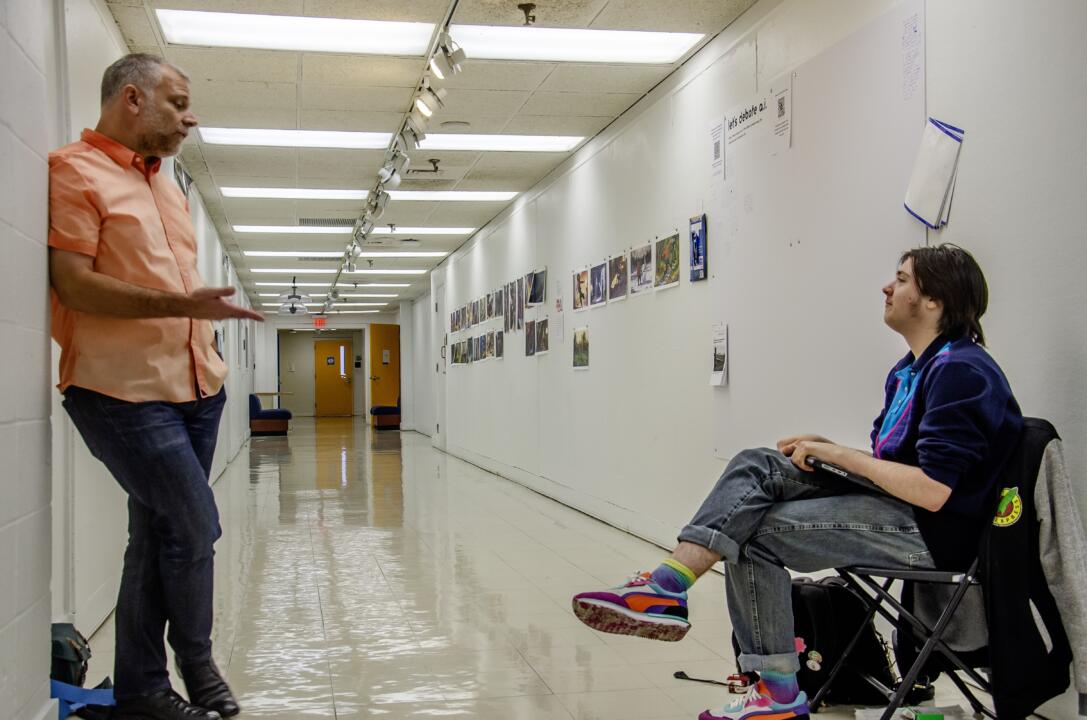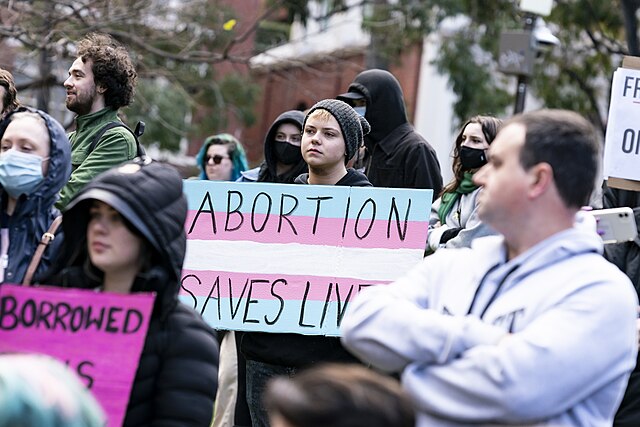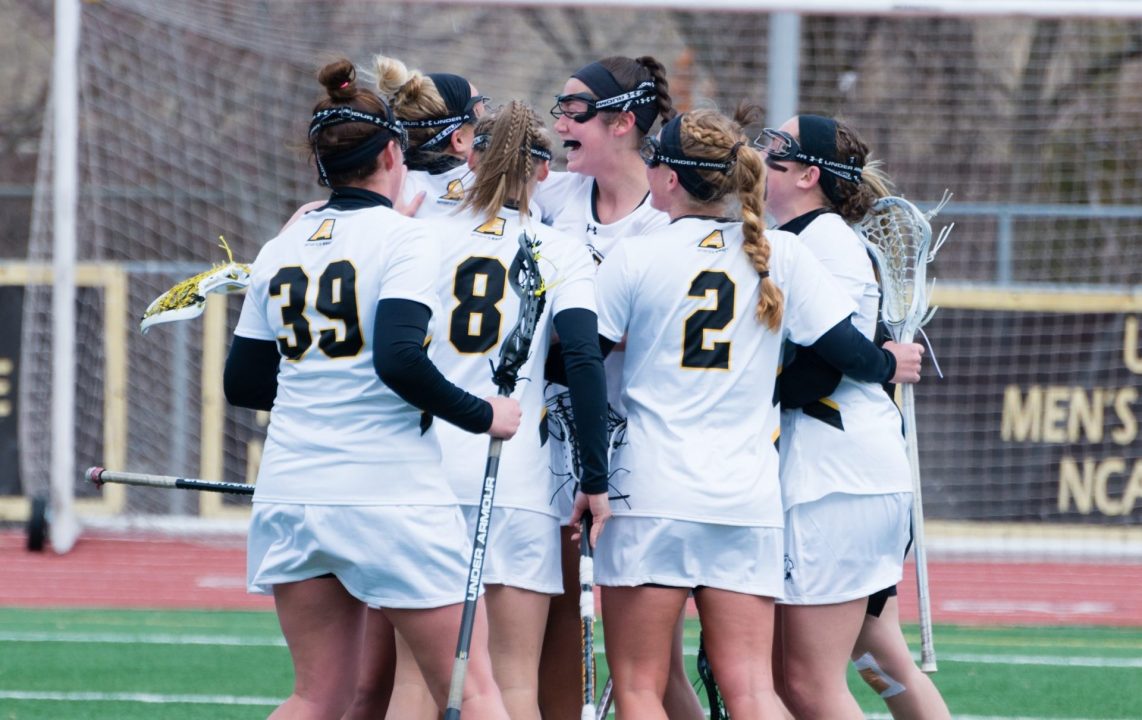The Maryland Transit Administration has finalized plans for the purchase of 140 new buses to be used in Baltimore’s public transit system. The deal for the new clean-diesel buses was struck for $81.3 million dollars with Minnesota-based bus company New Flyer of America.
The buses are exected to hit MTA’s BaltimoreLink in 2018, and will replace older buses on CityLink and some on LocalLink routes. Those tes are estimated to move over 7 million people per month.
The new buses will be forty-foot long Xcelsior transit class clean-diesel coaches. These clean-diesel buses boast much lower emissions, according to New Flyer of America, the leading bus manufacturer in the country. Overall, they should cut down soot emissions from their older counterparts by ten percent.
The order for 140 new vehicles is not unprecedented: New Flyer of America has provided over 795 buses for MTA since 2004. Still, the order dwarfs the 26-bus order from Washington D.C. made back in August.
This purchase comes after the $135 million restructuring of Baltimore transit nearly four months ago. That project removed underused bus stops, shortened routes and took steps to make the public transit system more reliable. The response to this restructuring was lukewarm, as it coincided with the third fare hike in the year and residents’ requests for an east-west line were ignored.
5th year student Darren Stevens II (Computer Science), “Me and a lot of students would rather have more available parking spots. Personally as someone who does not live near public transit spots or places that can be reached by public transit, it doesn’t really do anything for me.”
When the expensive restructuring of Baltimore transit trimmed routes and stops to run the remaining routes more frequently, it left some users located further away twisting in the wind. Couple this with the fact that the new buses will only be replacing older buses and not adding new routes, and it’s hard to see how students could get excited.
The new fleet comes as welcome news to UMBC Transit’s Executive Director Joe Regier. Back in February, Regier told The Baltimore Sun that the school had no plans to increase parking and would instead lean on public transit and existing parking.
This was despite commuter students’ requests for more parking and enrollment rising to over 14,000 students while the school has only 7,247 parking spots.
UMBC Transit’s Operations Manager, Grant McGarvey, said that “the MTA has always been a great partner with the transit department at UMBC and we’re very pleased to hear about the additions to their fleet.”
In reference to UMBC’s priority of public transit rather than building more parking, Darren Stevens II echoed many students’ feelings about the whole announcement, “I’m sure it’s helpful for someone, just not me.”


